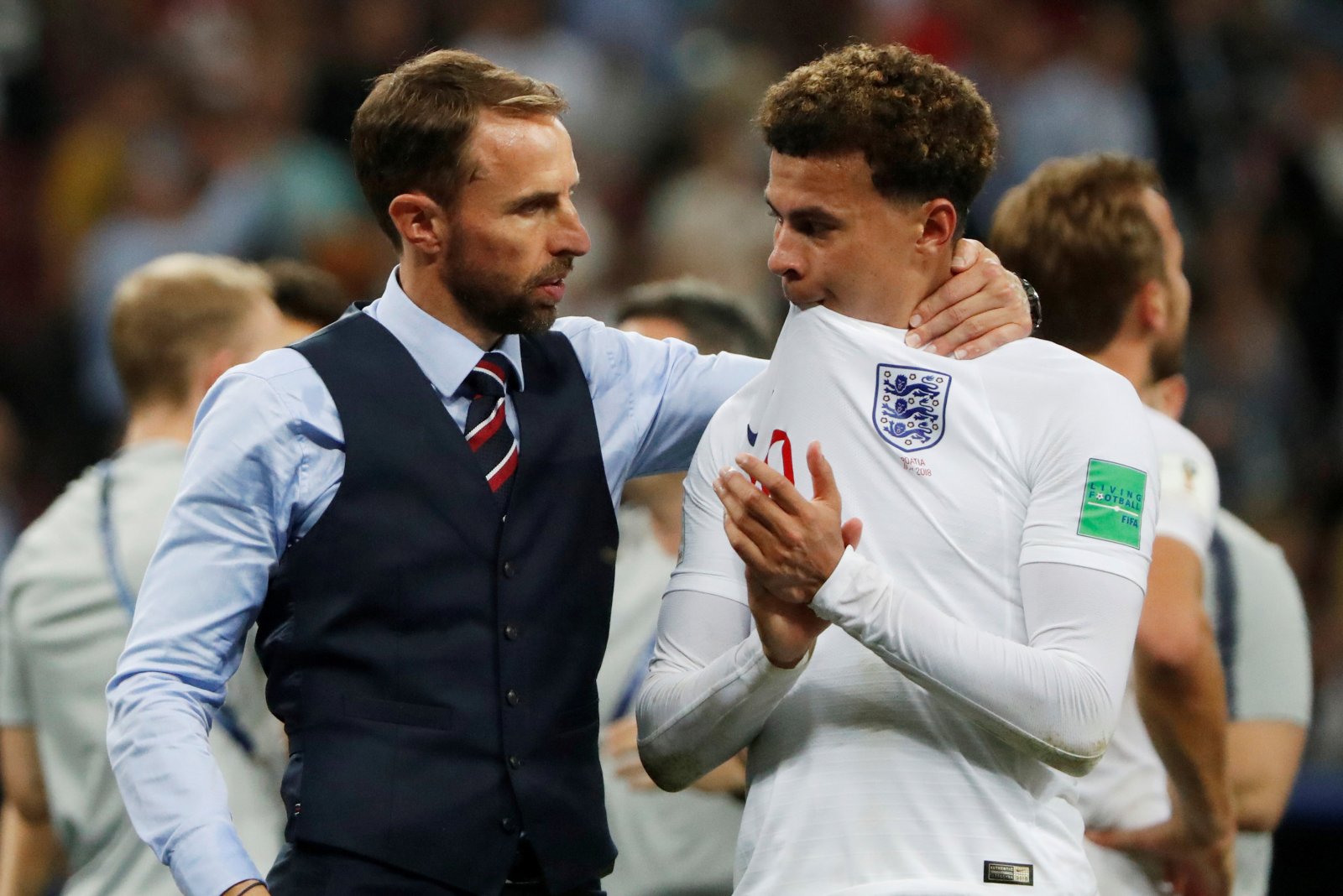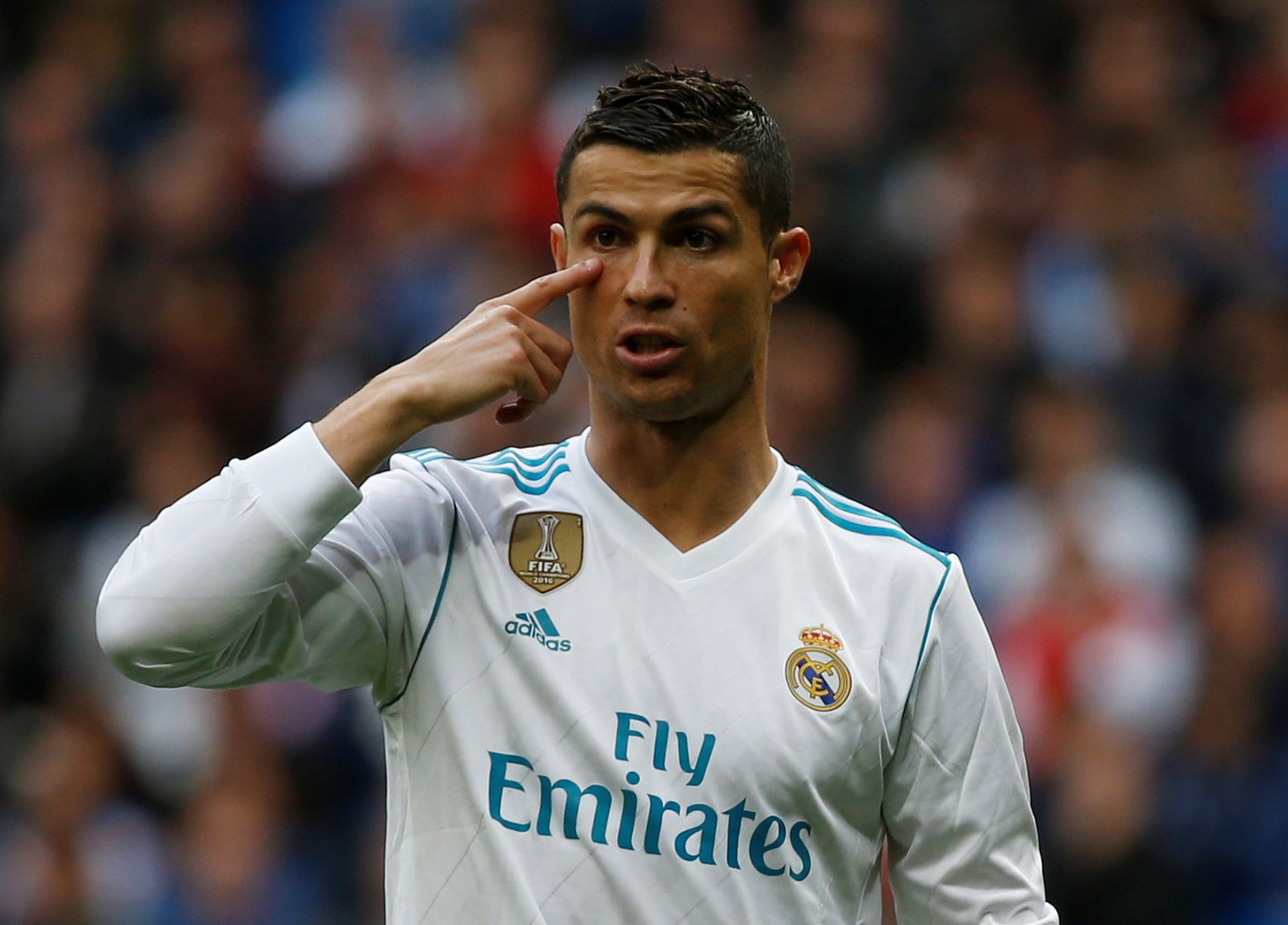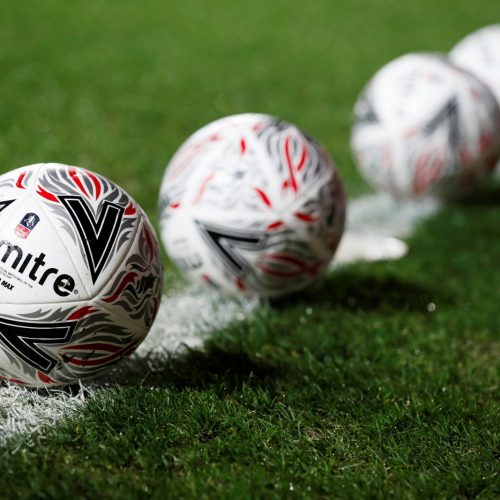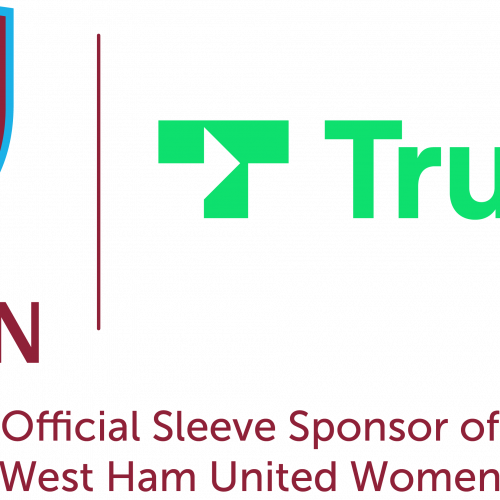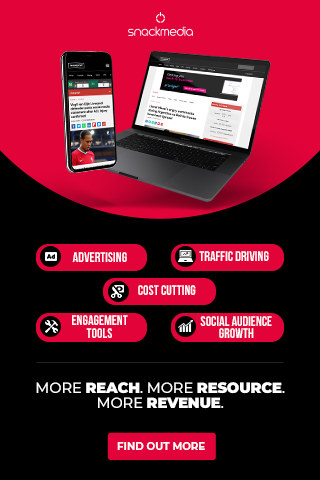Why brands need to recreate the natural link between fans and players
This is a guest post by Will Ingham, Founder and Creative Director of WING.
The numbers are in, and the possibility of football coming home was something of a TV phenomenon. By all accounts, nearly 20 million people tuned in to the game against Sweden, seeing Harry Kane and his mates take revenge for every lost Allen key and tiny piece of dowelling when they beat them in the World Cup Quarter Final. And our dramatic penalty shootout victory over Colombia drew a TV audience 24.4 million people which, according to Bloomberg, was the highest TV audience since the closing ceremony of the 2012 London Olympic Games.
Sport in general has always commanded huge audiences in real time. There’s nothing quite like being in the moment and, let’s be honest, it takes more than just ‘looking away now’ on a news bulletin to avoid the scores.
But this World Cup has shown just what goes into being ‘in the moment’ for fans. Despite the millions of people gathered around the TV, the 2018 World Cup has been about far more than the football.
Throughout the tournament fans have been lapping up the details. They have been following YouTubers online as they journey from one match location to another, turning it into as much a travelogue as a sports show.
Once again, Three Lions is back at number one on the charts and Jules Rimet is still gleaming. For those too young to remember, the song got its first airing when England hosted Euro ‘96. Our now great leader, Gareth Southgate, memorably fluffed his shot at goal during the semi-final penalty shootout, handing the game, and ultimately the tournament, to Germany.
Even non-fans are catching football fever. Southgate finds himself in the unexpected position as England’s hottest totty; nattily dressed and sending sales of M&S waistcoats through the roof. The savvy shop further capitalised on this by launching #waistcoatwednesday which then trended on Twitter.
Brands are playing a vital role in building and sustaining this atmosphere. It’s not about their sponsorship dollars securing the biggest logo or even a primetime ad spot. I’d challenge any but the most ardent fan to list all the national kit sponsors, official drinks or even name the top-flight products that featured on the pitch-side hoardings in the last few games.
What fans remember – and are crying out for more of – is access. They want the story behind the boot. Where does Dele Alli get his drive? How does Kane keep his quiff standing in that heat? What is the squad’s training programme, and can us civilians have a go?
Through their investment in the sport, brands give fans that access. It’s no longer a question of a sports star giving up an afternoon’s training to glad-hand a few corporate execs and golfing chums. Instead, it’s about brands creating bespoke content that brings stars and the sport closer to them.
Authenticity must be at the heart of content; it’s a no-brainer. Both fans and sport stars are all too aware of when the game has suffered at the hands of the money men. FIFA is heavily reliant on sponsorship cash as a source of revenue but corruption scandals have seen Western brands fleeing in droves. Still wanting that powerful association with the sport? Partnering with its great (and hopefully unimpeachable) characters is a better route.
Contact comes on a sliding scale. Yes, there’s still room for the big-name sponsorship – Ronaldo, Mbappe and the big splash. Big name launches for Nike’s Mercurial boot. Lucozade remains synonymous with touchline water stops and the magic sponge.
At the other end, influencers such as Spencer FC and Joe Weller with their guerilla filming and amateur-not-amateur set-ups grab the imaginations of grassroots players and bedroom referees around the world.
But it’s in the middle where brands have the chance to play, get creative and connect. Bringing together high production values and social integration, there’s an opportunity to produce film that draws fans into footballers’ worlds.
Take Ronaldo – one of, if not the, top footballer names today. Access on a personal level is rare and precious. WING brought Castrol and Ronaldo together for an exclusive film where fan participation was key. Via Facebook, fans could select a skill for Ronaldo to perform, which he then had seconds to execute. Fans got direct access to his prowess in a high quality piece of entertainment, Castrol got access to an audience with immersive film that clearly represented its values and reinforced brand awareness.
Televised sports events like the World Cup are bringing destination telly back – if it ever really went away. Digital platforms are just a bigger opportunity for fans to get closer to the action. Brands need to look beyond the logo and focus on performance to reach the top of their league.
About author
You might also like
Leeds United become first football club to sell official jerseys on TikTok
Leeds United is the first football club in the world to partner with TikTok to sell official merchandise and replica jerseys. Coinciding with the release of the new rhapsody purple,
Lewes FC Appoints Sue Anstiss To Its Board Of Directors
The Lewes FC Board is delighted to announce that it has co-opted Sue Anstiss as a Lewes FC Director. Sue has been a driving force for equality in sport for
Trustly extends partnership to become West Ham United Women’s Sleeve Partner
West Ham United is pleased to announce that Trustly has enhanced its relationship with the Club by becoming the Women’s Sleeve Partner. Trustly, the leading global account-to-account payments platform, became

